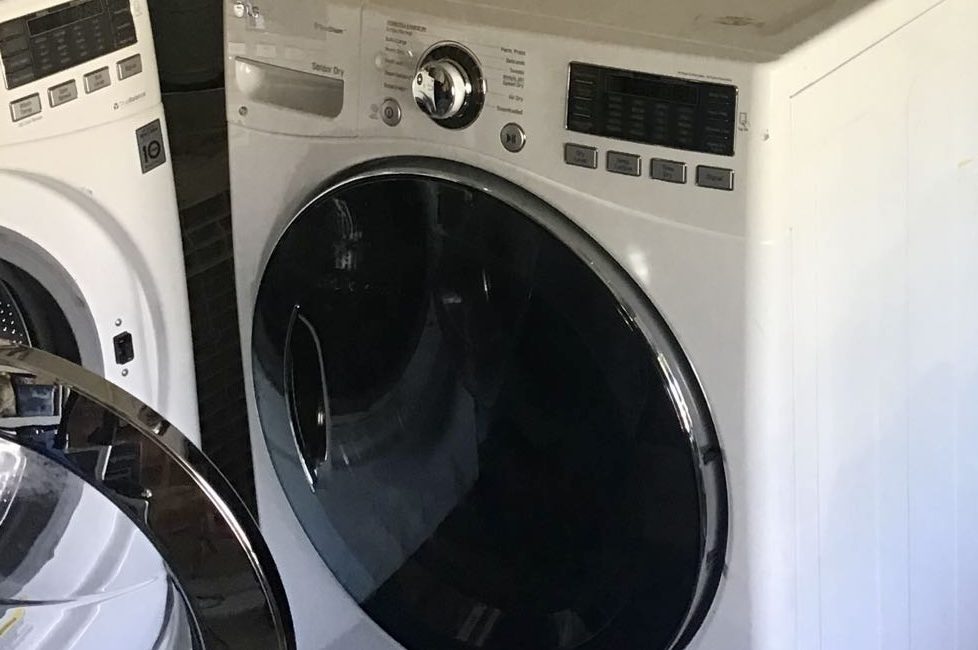One of the most common issues homeowners encounter with washing machines is water not draining after the wash cycle. This problem not only delays your laundry schedule but also indicates an underlying malfunction that should be addressed promptly. Fortunately, most drainage problems can be traced to a few typical components. Below, we explore how to identify the source of the issue and what you can do to fix it.
1. Check the Drain Filter
The first place to look is the drain filter. Over time, lint, coins, hairpins, and other small debris can accumulate in the filter, obstructing water flow. Most front-loading washing machines have an accessible filter, usually located behind a small panel at the bottom front of the unit.
How to inspect and clean the filter:
- Unplug the washing machine to ensure safety.
- Place a towel or shallow container underneath to catch any water.
- Open the panel and unscrew the filter slowly.
- Remove any debris, rinse the filter under warm water, and wipe the housing clean before replacing.
If the filter is clean and water still won’t drain, the problem may lie deeper in the drainage system.
2. Inspect the Drain Hose
Another common culprit is the drain hose. This flexible pipe carries wastewater from the machine to the home drainage system. If it’s kinked, twisted, or clogged, water will back up inside the drum.
Steps to check the hose:
- Disconnect the hose from the washing machine and the drain.
- Inspect for visible blockages, bends, or clogs.
- Run water through it or use a plumbing snake to dislodge any blockage.
Also, ensure that the hose is not inserted too far into the wall drain, which can create a siphoning effect and prevent proper drainage.
3. Examine the Drain Pump
The drain pump plays a vital role in pushing water out of the machine. If the pump is faulty, water will remain in the drum. Symptoms of a malfunctioning pump include unusual noises, humming without water movement, or the pump not activating at all.
How to evaluate the pump:
- Accessing the pump typically requires removing the machine’s back or front panel.
- Disconnect the pump and check for foreign objects like buttons or coins.
- Manually spin the impeller (a small fan-like part) to see if it moves freely.
- If the impeller is stuck or the pump doesn’t activate during a drain cycle, it may need replacement.
Testing the pump’s electrical connections with a multimeter can further help determine whether it is receiving power correctly.
4. Control System and Sensor Failures
In more advanced models, electronic sensors and control boards regulate the drain cycle. If a sensor fails or the software encounters an error, the pump may not engage even if it is functional. Resetting the machine by unplugging it for several minutes can sometimes resolve a temporary glitch.
However, if control board failure is suspected, professional diagnostics are required.
5. Prevention Tips
Avoid overloading the washing machine, regularly clean the drain filter, and avoid washing items with loose objects in their pockets. Proper use and occasional maintenance can significantly reduce drainage problems.
6. When to Call a Professional
If you’ve cleaned the filter, inspected the hose, and tested the pump but the problem persists, it’s time to call in professional help. Some issues, like pump replacement or electronic component failure, require technical knowledge and special tools.
At Oceanside Appliance Service Center, our technicians specialize in identifying and fixing drainage issues in all types of washing machines. We offer quick, affordable, and reliable service so you can get back to your routine with minimal disruption.
Don’t let a simple drainage issue lead to bigger problems. Call Oceanside Appliance Service Center today and restore your washing machine’s performance.
Contact us


